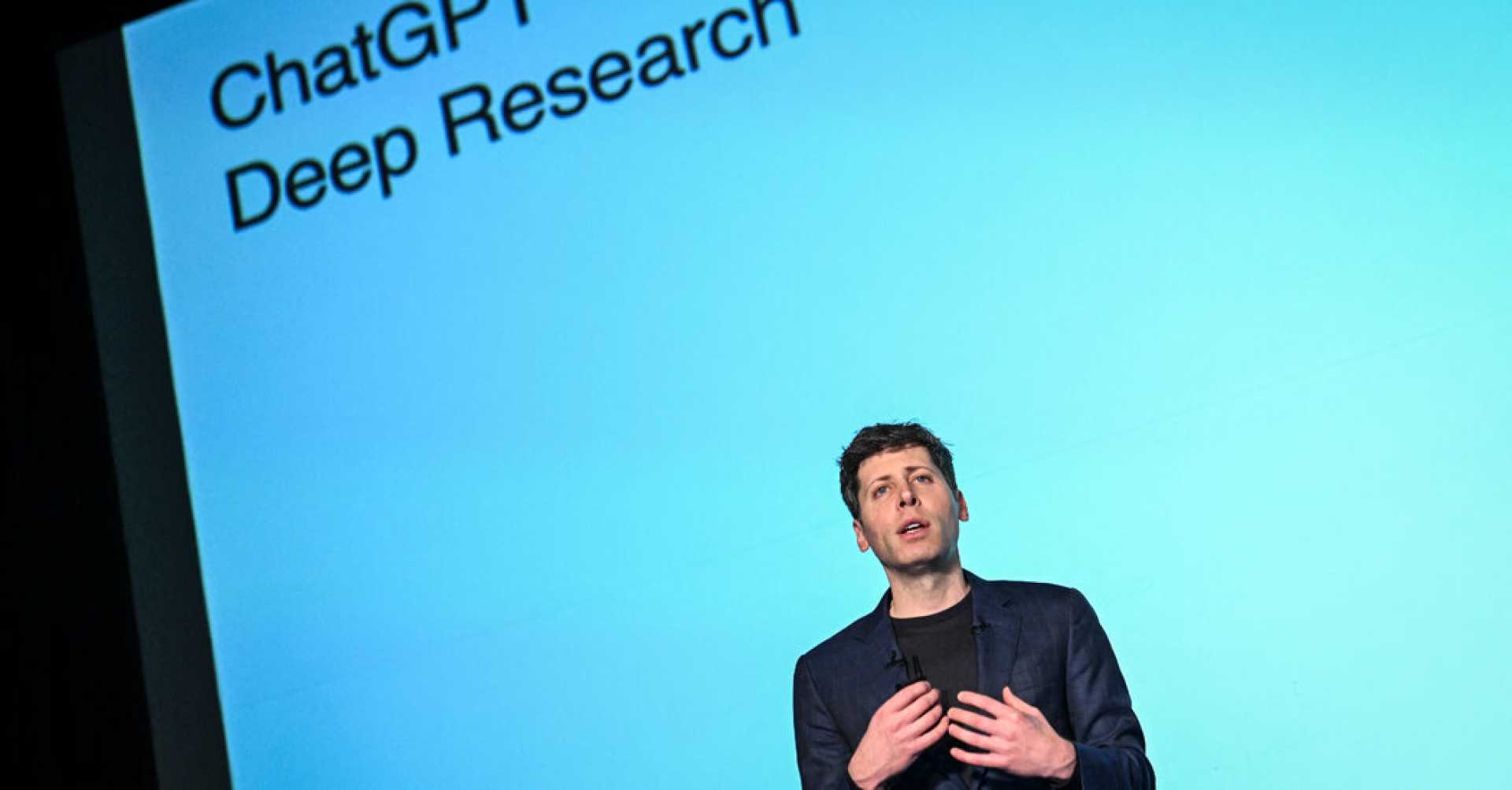Tech
OpenAI Unveils GPT-5: A Major Leap in AI Technology

San Francisco, CA – OpenAI launched its latest language model, GPT-5, today, showcasing significant advancements in AI technology. The model promises enhanced reasoning abilities, better coding capabilities, and new safety features, setting a new standard for artificial intelligence.
During a press briefing, OpenAI CEO Sam Altman described GPT-5 as a major upgrade over previous models, claiming that conversing with it feels like speaking to an expert in any field. “Having this team of Ph.D.-level experts in your pocket, available all the time, to do whatever you need, is pretty cool,” he said.
OpenAI officials highlighted that GPT-5 is more human-like in its responses. “It just feels more human,” said Mira Murati, head of technology. Users can access GPT-5 through ChatGPT, including those on the free version. However, paying subscribers will receive a more powerful iteration.
Since the release of ChatGPT based on the GPT-3.5 model, OpenAI has rolled out several updates. GPT-5 clarifies the previous confusion surrounding its various models. “This is, for most people on ChatGPT, the first real introduction to reasoning,” said Jonathan Turley, an OpenAI researcher. He explained that users will not need to activate reasoning features manually; the model automatically recognizes when to utilize this capability.
OpenAI plans to release performance benchmarks today, allowing the public to see how well GPT-5 performs. The team claims it is faster, more reliable, and less likely to fabricate information than earlier versions.
GPT-5 is particularly strong in coding tasks. Users can request the model to generate code for applications using natural language. In a live demonstration, lead engineer Antoine Dubois prompted GPT-5 to create a web app designed to teach French, showcasing how the model generated extensive code quickly.
Dubois noted that building such an app manually would take several hours for a skilled developer. He emphasized that GPT-5 streamlines this process by efficiently generating the required features.
GPT-5’s ability to handle long tasks and ambivalence in user queries has also improved, thanks to new safety protocols. OpenAI’s safety lead explained that it now provides helpful suggestions while adhering to safety protocols for ambiguous requests.
While OpenAI is excited about these developments, concerns about potential misuse of AI remain. Past models faced challenges with safety and user deception, prompting OpenAI to enhance focus on ethical applications. The company has assured the public that GPT-5 exhibits higher resistance to sycophancy and is better equipped to deal with sensitive subjects.
Looking ahead, Altman confirmed that GPT-5 is a step toward creating general artificial intelligence, but not the final form. He indicated that the road remains long, emphasizing the continued drive for better models capable of real-time learning and adaptation.
OpenAI is committed to scaling its training resources further, promising even more enhancements in future iterations. “We see orders of magnitude more gains in front of us,” Altman stated, reinforcing the company’s vision for the future of AI.












